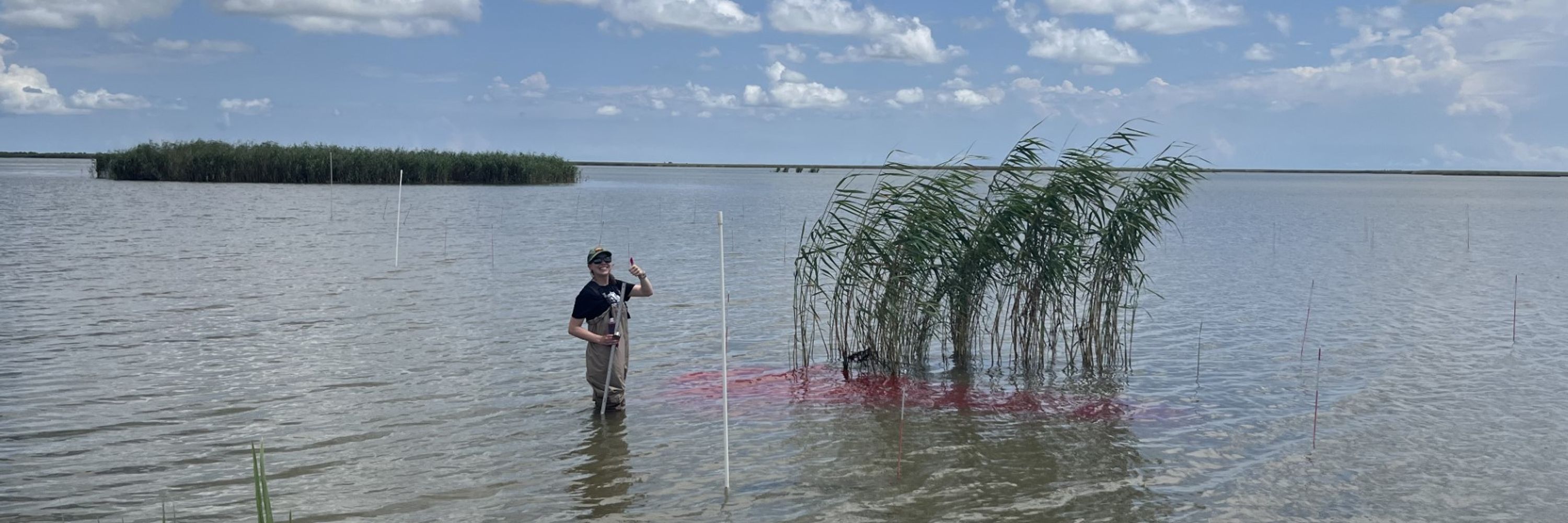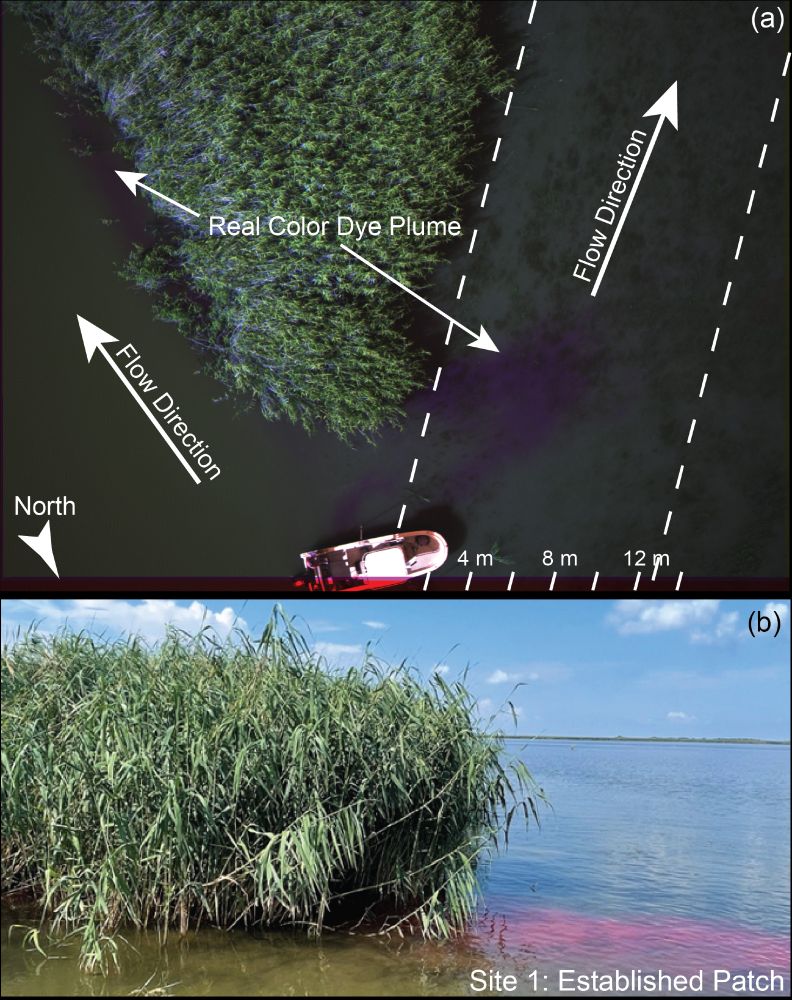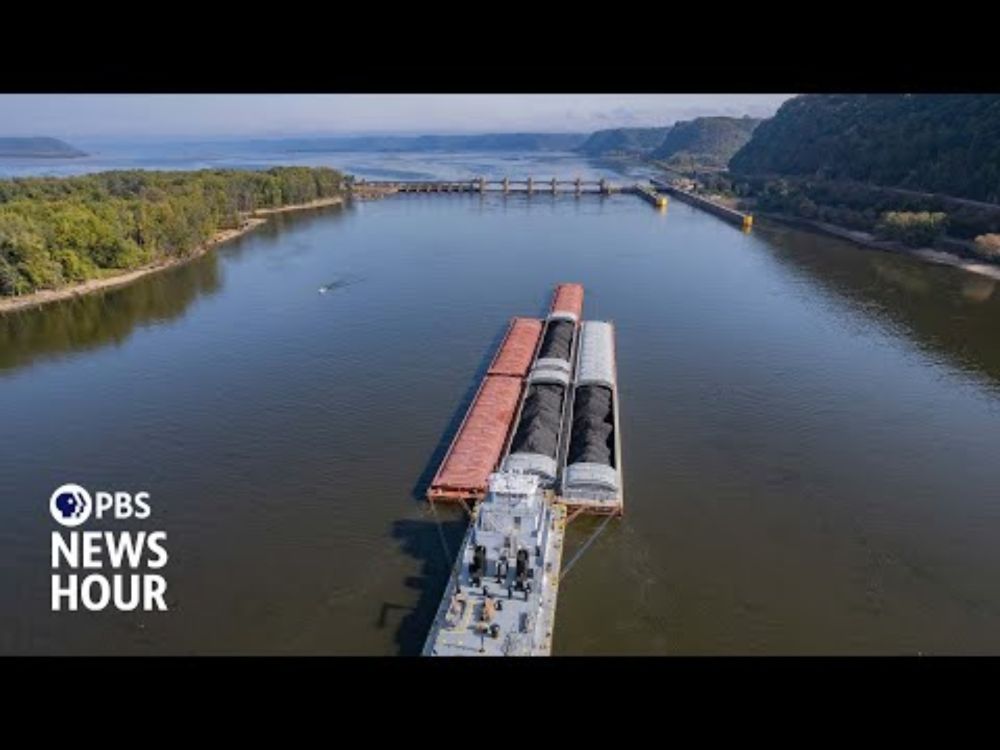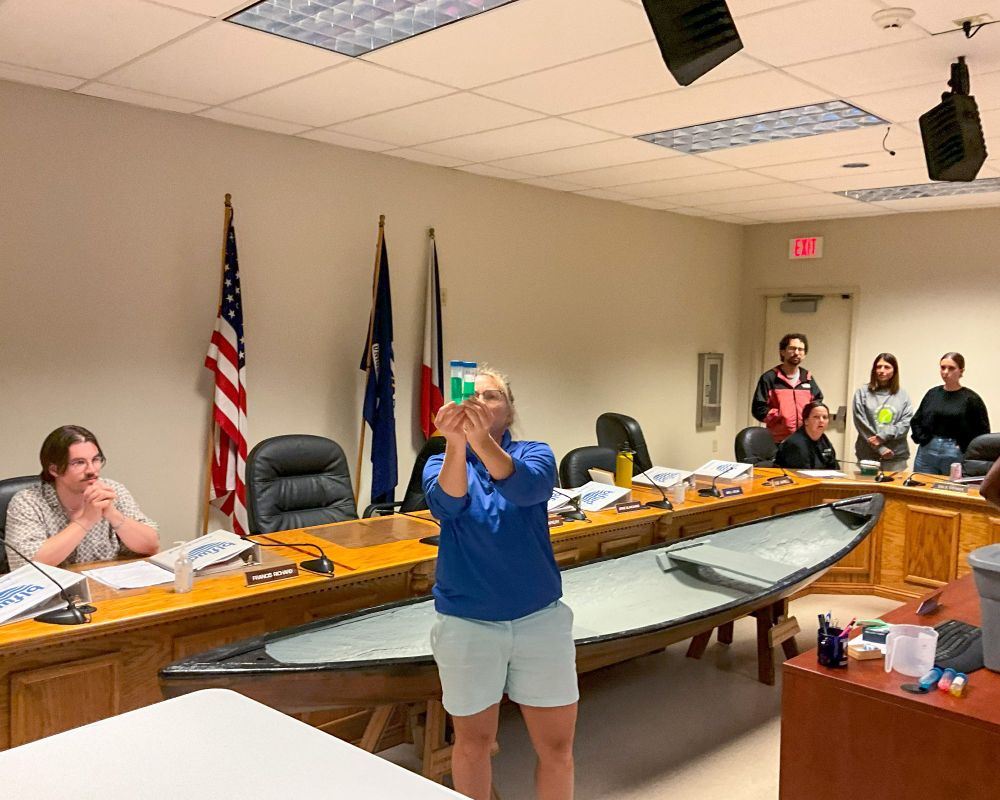MissDelta Initiative
@missdeltaintiative.bsky.social
13 followers
11 following
77 posts
Mississippi River Delta Transition Initiative, funded by NAS Gulf Research Program
Advancing the best possible science to understand the future of the Birdsfoot Delta region. Committed to building a more diverse coastal workforce
missdelta.org
Posts
Media
Videos
Starter Packs
Reposted by MissDelta Initiative

















